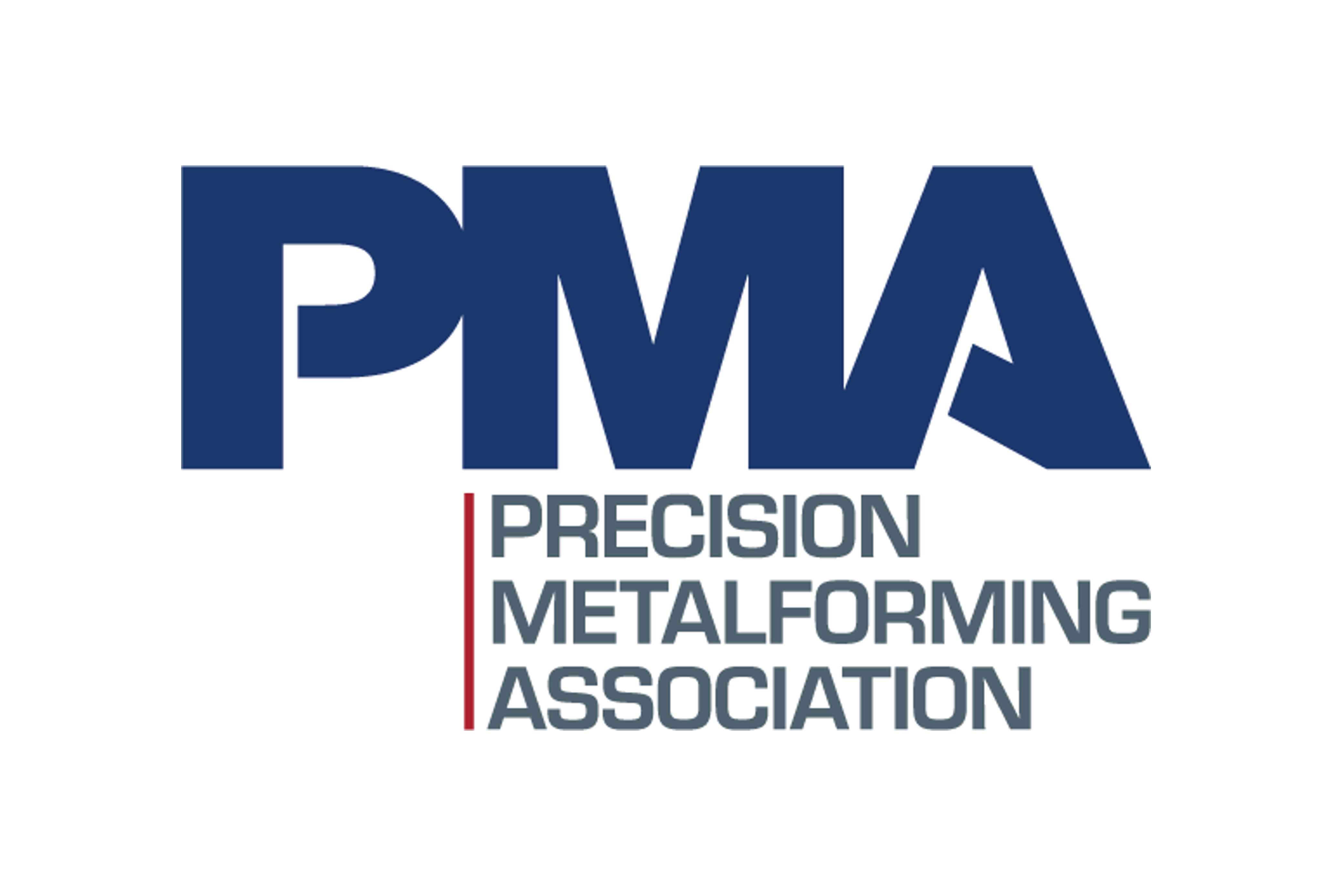Market Data
September 13, 2024
SMU market survey results now available
Written by David Schollaert
SMU’s latest steel buyers market survey results are now available on our website to all premium members. After logging in at steelmarketupdate.com, visit the pricing and analysis tab and look under the “survey results” section for “latest survey results.”
Past survey results are also available under that selection. If you need help accessing the survey results, or if your company would like to have your voice heard in our future surveys, contact info@steelmarketupdate.com.

Key points and takeaways
We go over the big highlights of the survey in Final thoughts. Here are some other key points that we think are worth your time. (And, again, our premium subscribers can follow along with the latest results here.)
- Steel Buyers’ Current Sentiment moved down to just six points above the four-year low seen just three surveys ago (slide 9). Future Sentiment (slide 11) retreated as well, falling 12 points from the previous market check.
- Lead times for HR coil and tandem products are largely stable, but moving slightly lower. Plate lead times slipped again and are pushing lower at the three-week mark (slide 13).
- On pricing, buyers said that most mills remain willing to negotiate, but less so for cold rolled. Still, there’s a clear decline in the number willing to cut deals as both Nucor and Cliffs continue pushing for HR prices above $700/st (slide 16). We’ll keep tabs on whether negotiation rates continue to slide in the weeks ahead, but they remain healthy, between 61-89%, depending on product.
- What might keep sheet prices from a sharp rally? Some 43% of respondents said they didn’t meet forecasts in August – that’s the highest on record – and under 50% met forecasts (slide 20). Yet 10% still reported exceeding business forecasts in August.
- Also, 71% of service centers said they are releasing less steel (slide 28) than a year ago, down from 80% in the last survey, but we’ve never seen such a sustained period of ~70% saying they’re releasing less steel than last year.
- What might support higher prices? Service centers reported they are no longer lowering prices – likely a continued reaction to mills trying to increase tags. (See slide 38, one of our favorites.) That’s a significant shift from the nearly 20% that were cutting prices less than a month ago. It might be too soon to predict any surge in prices. Less than 20% of service centers reported they are still raising prices.
- Another notable trend is that nearly 37% of manufacturers said they are reducing inventories, and none reported building inventories. However, in a complete shift, 24% of service centers say they are building inventories (slide 31.)
There’s a lot more to unpack in the survey. Be sure to check out the next Final thoughts for some of the comments and key reactions directly from our sources.






